Why Native Plants
In some Native languages, the term for plant translates to “those who take care of us.” Robin Wall Kimmerer
As our world changes, it is a call to sit up and listen. Will you be able to hear what Mother Nature has been trying to tell us for the whole of time, that we must take care of her and she will, in turn, take care of us? Mother Earth has given us the answer and that is nature. One way in which we can each take part in taking care of the Earth is to plant native plants in our gardens, forests, parks, and verges. Native plants are adapted to our climate, our soils, and our rainfall. Native plants attract beneficial insects, birds and other wildlife. You are doing both you and the Earth a favor when you plant natives. You save yourself time and money because once natives are planted there is really very little care needed for them to thrive. “But is it enough.”, you might ask yourself, “to be this sort of activist in a world where there are so many problems and so many issues to care about?”, the answer is yes, yes it matters. While we may get distracted by the bigger picture every season there are tiny species quietly getting on with the work of nature, bees, wasps, ants, hummingbirds, nuthatches, crows, salamanders, frogs, fish, the list goes on and on. Of all these diverse creatures that go unnoticed every day, these creatures are our life source, and planting natives is like building their home and filling their kitchen with food.
We must look at plants as more than ornamental, they are so much more. And plant choice is important too. In Doug Tallamy’s book ‘Nature’s Best Hope’ he says ‘…the amount and type of plants in a landscape play a crucial role in determining the abundance and diversity of animals that can live in the landscape’. He also lists the most important plants that we can add to our landscapes to create this vitality. These are considered keystone plants, ones that provide food and shelter for a diverse ecosystem. Quercus (Oak) is number one in providing food for over 900 species of butterfly and moth caterpillars. Including birches, willows and cherries in your landscape will also aid as caterpillar host plants and create diversity.
Also essential are pollinator host plants. And plant choice matters here, too. Bees are among our most important pollinators, with bee populations providing nearly one-third of our food supply and allowing wild plants to produce the foods that form the base of the natural food web. (National Wildlife Federation) We talk about pollinator gardens, but we also need to get specific about what we put in those gardens. ‘30% of the 4,000 bees in N. America are specialists, meaning they only eat pollen from a narrow selection of plants’ says conservationist Jarrod Fowler. Garden for Wildlife for the National Wildlife Federation have lists available to help create a sustainable pollinator garden. Some of these include Western crabapple, Serviceberry, Yarrow, Goldenrod, Nootka Rose, Yarrow, and Beach Strawberry to name a few.
Adding host plants is beneficial to other wildlife. Amphibians, for example, play an important role in the ecosystem both as predators and as prey. They feed on insects that harm our plants and in turn, they play an important role in feeding larger birds and mammals. We save ourselves time and money when we create their habitat, the more a species eats insects the fewer to no pesticides we will need to use. Keeping both their water and ours clean. Using native plants can increase beneficial food sources for birds and insects alike. Increasing native plants increases habitat and food sources thus growing our ecosystem ever stronger. These plants, insects, birds, and animals have evolved together creating a beautiful functioning ecosystem.
Doug Tallamy recommends 4 ways we can help benefit our ecosystems. Shrink your lawn, use keystone plants, get rid of invasive plants, and put in a pollinator garden. We can do this type of conservation in our own backyards.
We are proud at Little Bird to have collection of over 60 varieties of native plants to offer for your garden. Come on into Little Birds and find out what native plants are best suited to your landscape. Let’s continue to create a beautiful diverse ecosystem here on Vashon Island!

